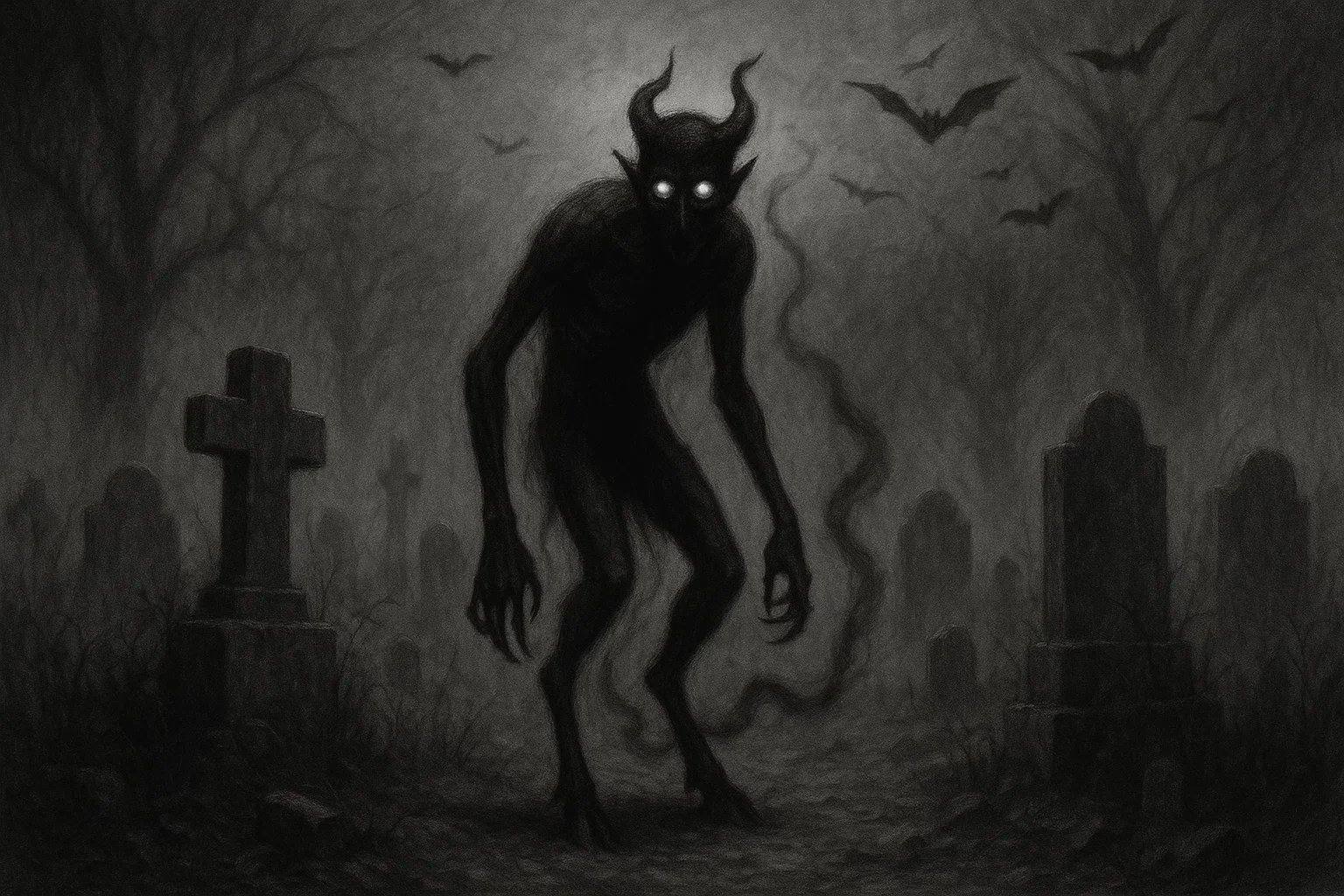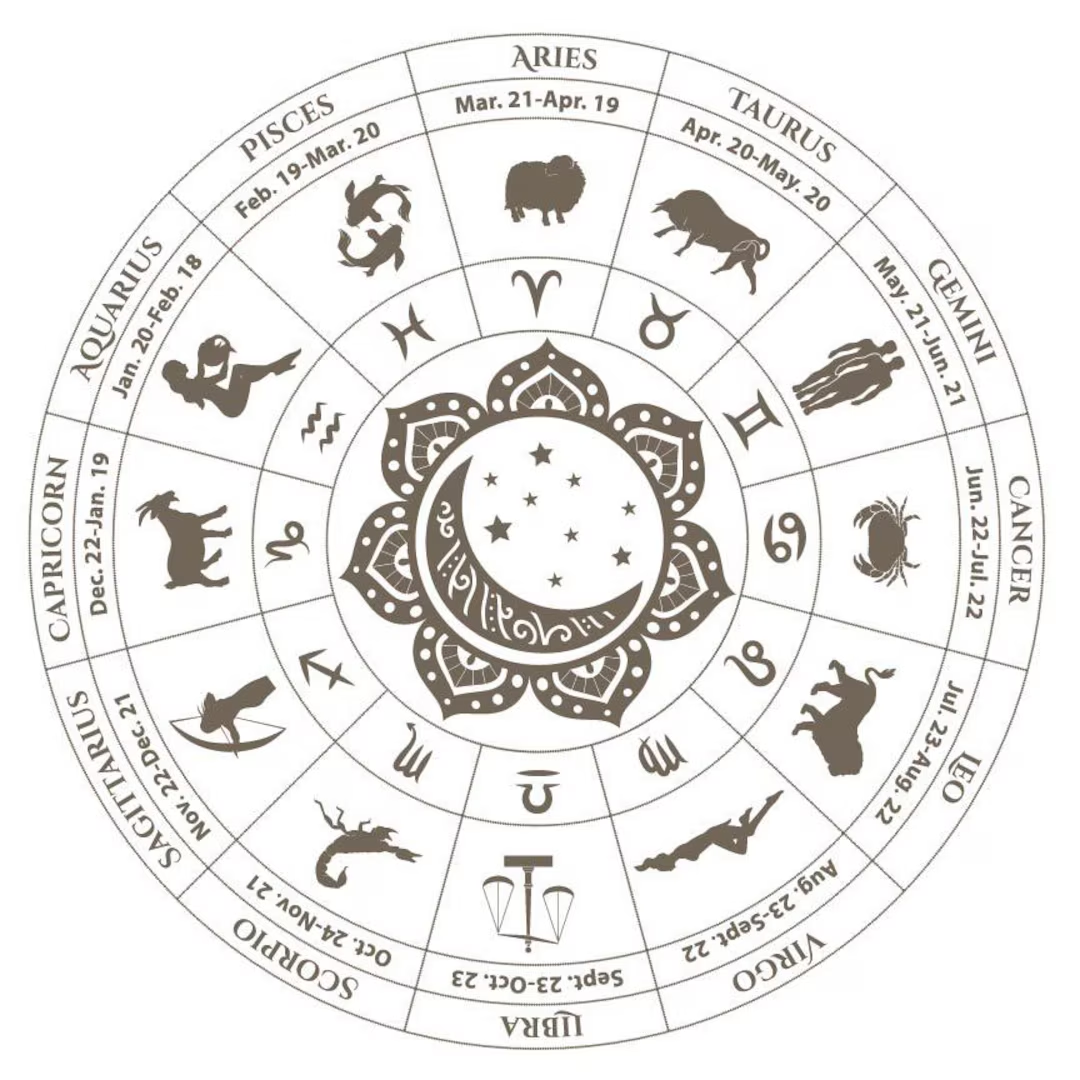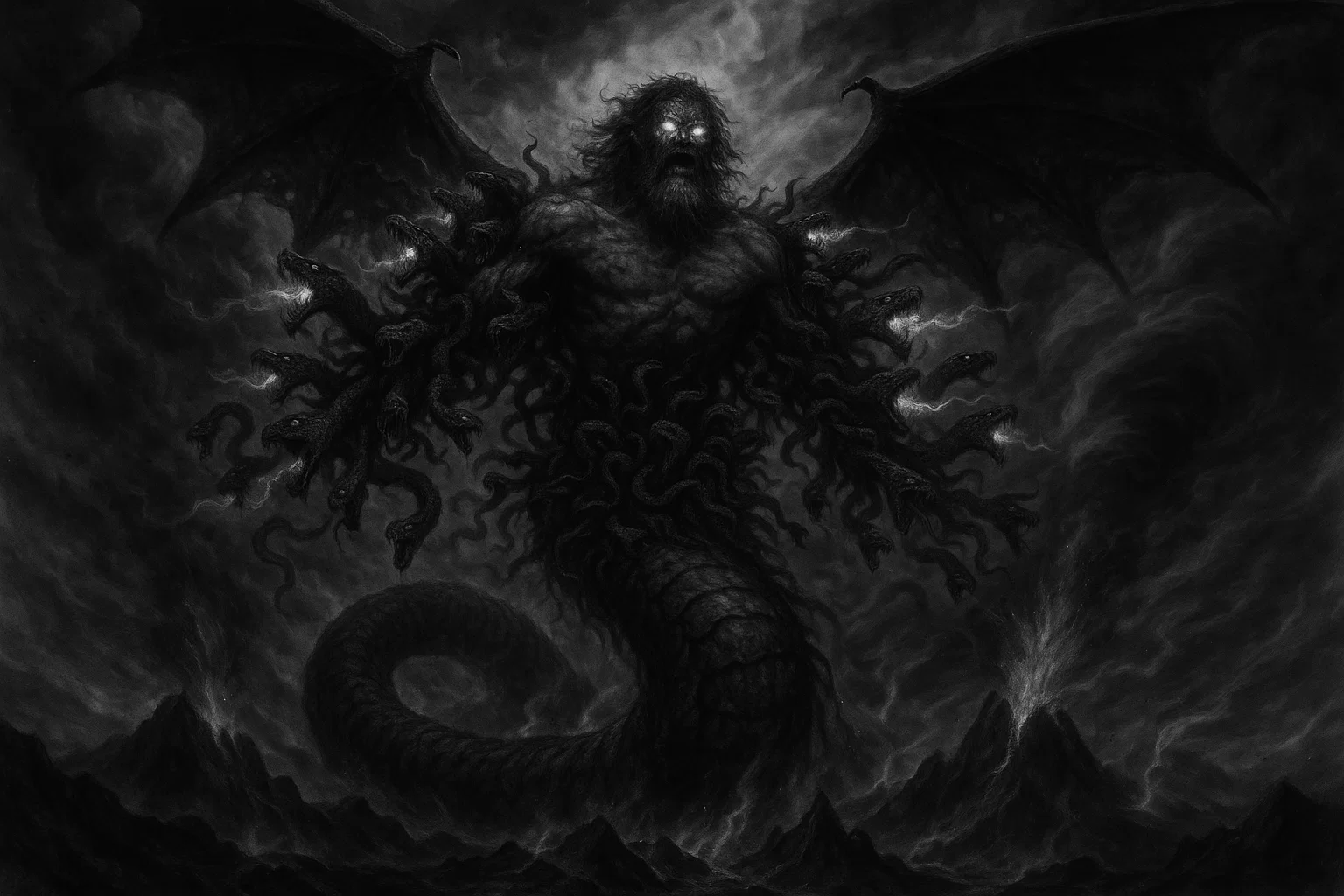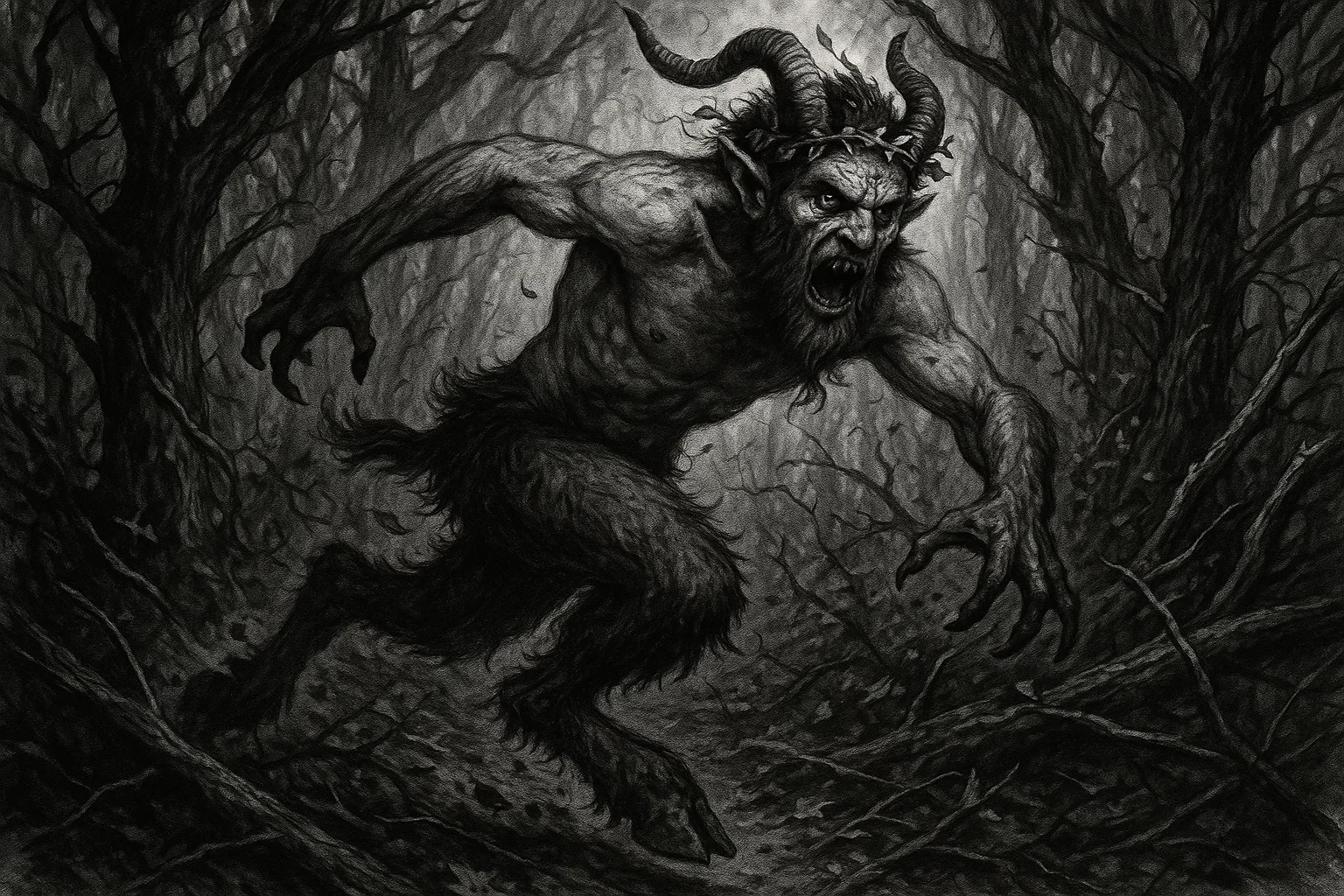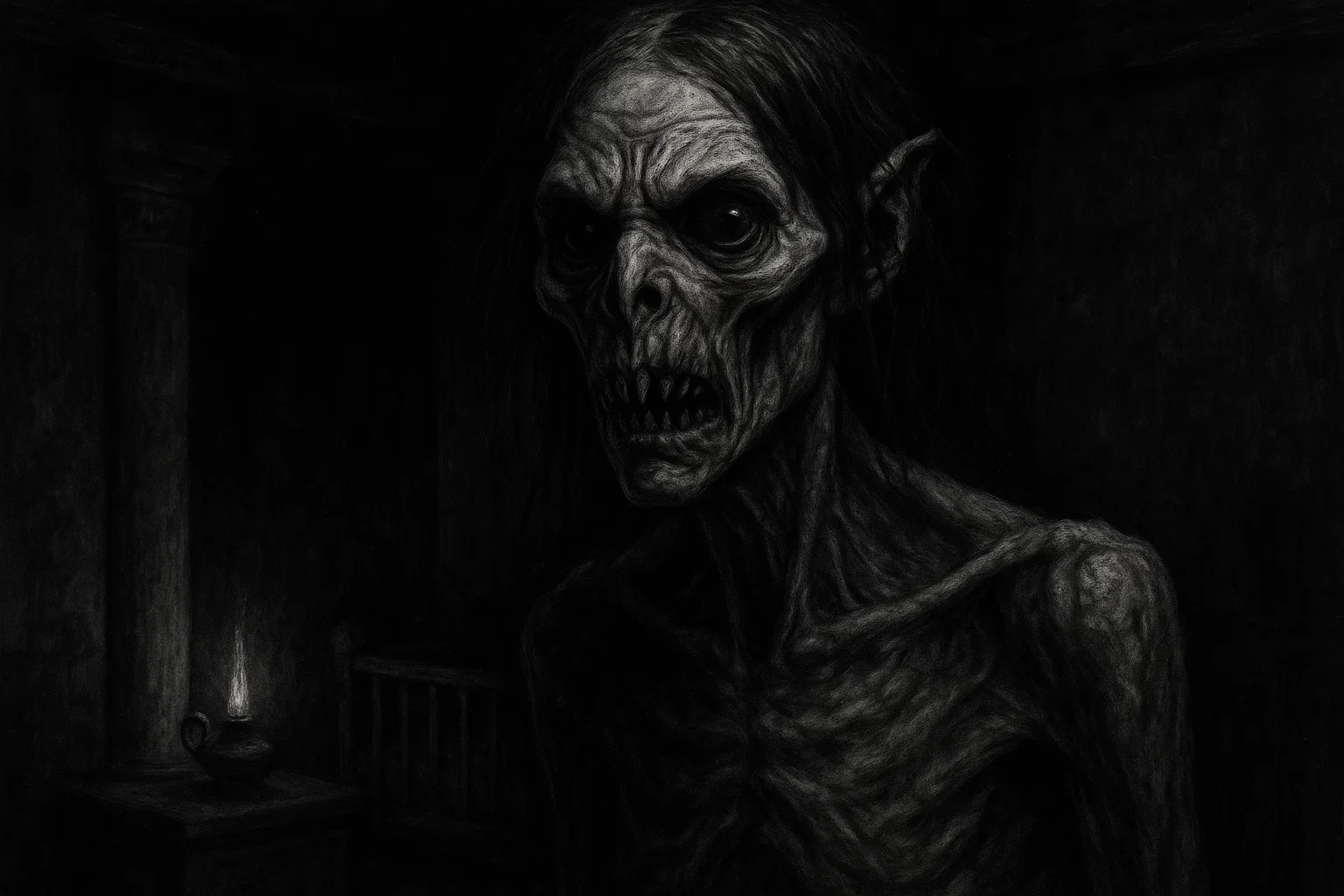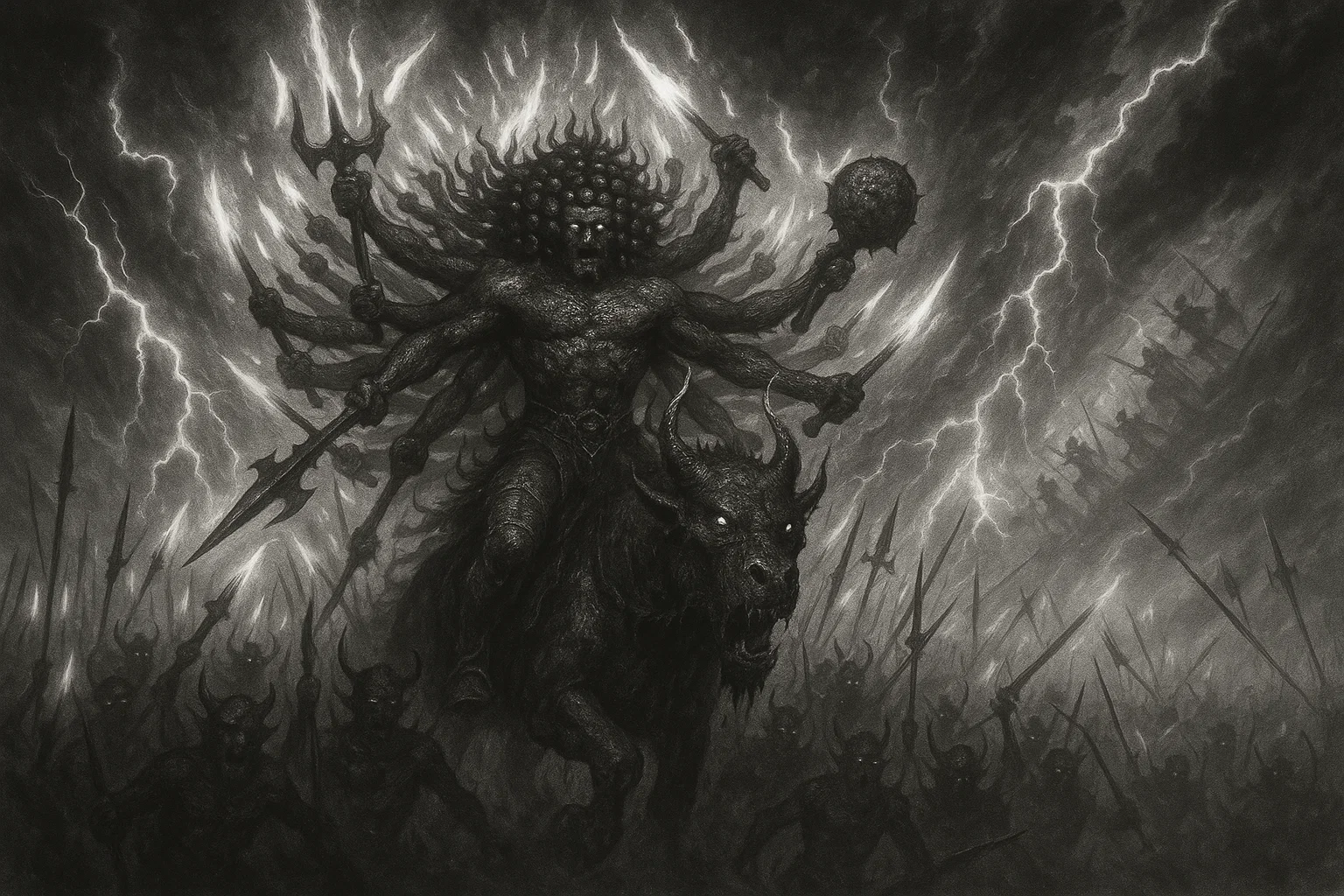The Shetani are malevolent entities or spirits that feature prominently in the folklore and cultural beliefs of numerous communities across East Africa, particularly in countries like Tanzania, Kenya, and Zanzibar.
These supernatural beings are diverse in form and nature, often blamed for misfortune, illness, or mysterious events. Known for their trickery and frequently terrifying appearances, the concept of Shetani serves as a significant element in local spiritual and traditional practices.
The creatures are not singular monsters, but a broad category of harmful spirits with varying characteristics, sometimes linked to Jinn or local mythical figures.
Summary
Overview
| Attribute | Details |
| Name | Shetani |
| Aliases | Mizimu (ancestral spirits, sometimes conflated); sometimes linked to Jinn |
| Threat Level | Aggressive, predatory, and often malevolent; primary danger is causing illness, madness, misfortune, or death |
| Habitat | Ubiquitous; reported in forests, isolated beaches, dark corners of houses, burial sites, and remote areas of East Africa |
| Physical Traits | Highly diverse and often shapeshifting; descriptions range from deformed humans, black or dark figures, animals with abnormal features, or entities without definite form; size is variable, often human-sized or smaller |
| Reported Sightings | Widespread across Tanzania, Kenya, and Zanzibar, including coastal and inland regions |
| First Documented Sighting | The concept is deeply embedded in ancient and ongoing East African oral traditions and folklore; documentation of specific sightings is ongoing but the belief system dates back centuries |
| Species Classification | Supernatural entity, spirit, or demon (often compared to jinn or ghosts) |
| Type | Terrestrial, sometimes shapeshifting or spiritual |
| Behavior & Traits | Nocturnal, elusive, tricky, capable of possession, cause of nightmares and bad luck, associated with black magic and sorcery; they may communicate in whispers or distorted voices |
| Evidence | Eyewitness accounts, traditional healing reports, persistent local folklore, audio recordings of inexplicable noises |
| Possible Explanations | Folk belief systems, personification of natural fears, psychological phenomena (sleep paralysis, hallucinations), cultural expression of evil or misfortune |
| Status | Actively reported and an ongoing part of the cultural and spiritual landscape in many East African communities |
Who or What Is a Shetani?
The term Shetani (plural: mashetani) originates in Swahili. It is derived from the Arabic word shaytan, which translates to “devil” or “satan.”
However, in East African folklore, Shetani is a broader category than the Abrahamic concept of Satan. It encompasses a variety of malevolent spirits, demons, and supernatural entities.
These beings are considered a tangible reality by many people in the region, including parts of Kenya, Tanzania, and the island of Zanzibar. They are feared for their ability to bring disaster, sickness, madness, and even death to humans.
Unlike a singular cryptid, Shetani represents a class of unseen evil forces believed to actively interfere with people’s lives. They are often associated with the unknown, the dark, and secluded or forbidden places, such as dense bushes, deserted beaches, or cemeteries.
The presence of Shetani is frequently invoked to explain unexplainable events, persistent bad luck, or sudden illnesses that defy conventional medical explanation. Traditional healers, often called waganga or mganga (singular), are regularly consulted to deal with problems attributed to these pervasive and dangerous spirits.
Your Personalized, Hyper Accurate Moon & Astrology Reading
Limited time offer: Get your FREE, fully personalized Moon & Astrology Reading that takes astrology to a whole new level. Discover the secret depths of your personality, relationships, and true purpose in life.
What Does Shetani Look Like?
The appearance of Shetani is highly varied and unstable, making a single, definitive description impossible. This is largely because many Shetani are considered shapeshifters or entities without a fixed, physical form, existing instead as a spiritual or ethereal presence. When they do take on a visible form, the appearance is almost universally described as frightening or monstrous.
Common descriptions often involve deformed human-like figures or dark, shadowy shapes.
Some reports describe entities entirely in black, like shadows or silhouettes, often with glowing red or yellow eyes—a feature designed to instill fear. Others are said to resemble animals but with abnormal or unsettling features, such as a dog with a human face, or a disfigured, goat-like creature.
Specific types of Shetani have their own descriptions; for instance, the Popo Bawa of Zanzibar is sometimes described as a winged, bat-like creature. Size is also inconsistent; while some are defined as the size of a small child, others are reported to be the size of a fully grown human male, or even larger, looming figures.
The most consistent physical trait is their unnerving, non-natural, or nightmarish quality, emphasizing their role as agents of chaos and dread.
You May Also Like: Bigfoot Sightings Across America: Full 50-State Guide
Habitat
The traditional “habitat” of the Shetani is not a single geographical location. Still, it is omnipresent throughout much of East Africa, permeating the physical, social, and spiritual landscape. They are believed to inhabit any place where evil or the unknown resides, essentially lurking everywhere.
However, certain environments are considered particularly strong magnetizers or haunts for Shetani. Remote and dense forests (msitu) or thickets are classic homes, as are isolated, undeveloped beaches and the dark corners of caves or deep wells.
Areas associated with death or traditional rituals, such as old cemeteries or sacrificial sites, are also frequently cited. Within human settlements, they are believed to lurk in dark, unused parts of houses, especially at night, or around places of conflict and fear.
Geographically, belief in Shetani is most prominent along the Swahili Coast (Kenya and Tanzania) and the islands of the Zanzibar archipelago, where specific local variations have developed, such as the Popo Bawa.
The presence of Shetani is deeply ingrained in local environmental perception; any sudden, unexplained disturbance in the natural world—a strange noise, an unusual wind, or a persistent shadow—can be interpreted as evidence of their proximity.
Shetani Sightings
The “sightings” of Shetani are less about discrete, verifiable encounters with a single creature and more about a persistent pattern of cultural reporting that spans centuries.
Because Shetani is a broad category, reports detail a wide array of encounters, from mere feelings of presence to full-bodied apparitions, often tied to events of misfortune or illness.
| Date | Place | Witness Details | Description | Reliability |
| Pre-20th Century | Swahili Coast, East Africa | Numerous traditional healers and villagers | Ancient and ongoing reports of malevolent spirits causing illness, crop failure, and general misfortune | High: Cultural persistence |
| 1970s–1980s | Pemba Island, Zanzibar | Multiple villagers | Outbreak of a specific, aggressive night-demon entity (often linked to the Popo Bawa), described as shadowy and bat-winged | Medium: Mass hysteria/witness consistency |
| Late 20th Century | Rural Tanzania | Local farmers and families | Reports of unseen entities moving objects, whispering names in the dark, and causing persistent nightmares | Medium: Eyewitness accounts/folklore |
| 21st Century (Ongoing) | Urban areas, Kenya & Tanzania | Various modern, educated individuals and traditional believers | Reports of ‘possession’ or sudden, inexplicable physical illness attributed to a specific Shetani | Low: Subjective/belief-based |
Awaken XT is unlike anything you’ve ever tried before…
…it’s based off a closely guarded formula that’s said to be able to supercharge your pineal gland and help you access your untapped inner power. With it’s unique blend of extremely hard to source ingredients, Awaken XT helps support the healthy functioning of your pineal gland, as well as your other organs in your body.
The Popo Bawa of Zanzibar (1970s–1980s)
One of the most intense and specific periods of reported Shetani activity centers around the Popo Bawa (often interpreted as a type of Shetani) on Pemba Island, Zanzibar, during the 1970s and 1980s.
The name Popo Bawa roughly translates as “bat-wing” or “bat-father” in Swahili, although its appearance is highly inconsistent. Witnesses described the creature as a shapeshifting, highly aggressive entity, frequently associated with nocturnal attacks and sexual assault on both men and women.
The outbreak of sightings and terror was so significant that entire villages reportedly slept outdoors around fires to ward off the creature. The social panic was intense, leading many external observers to attribute the phenomenon to mass hysteria. At the same time, local people firmly believed in the creature’s malevolent reality.
You May Also Like: What Is the Mazomba—Africa’s Lost Dinosaur or an Unknown Rhino?
The Kishindo (Various Locations)
A common, less physical type of Shetani reported in various locations is the Kishindo, which translates to “the loud noise” or “thud.” This entity is often not seen, but felt or heard.
Reports from both rural and urban settings describe sudden, unexplained loud crashes, thuds, or footsteps coming from empty rooms or ceilings, particularly late at night, followed by an immediate silence. This is often interpreted as a territorial warning from a resident Shetani.
While skeptics point to natural building noises, animals in the attic, or simple misinterpretation, the persistent, localized nature of these phenomena in some areas fuels the belief that a Kishindo is attempting to drive the human occupants away.
Modern Possession Reports
Modern reports often focus on the theme of possession and illness attributed to Shetani, particularly among traditionalists.
Witnesses, often a family member or the afflicted individual, report a sudden personality change, uncontrollable fits of rage, speaking in unknown or distorted voices, or experiencing unexplained, severe physical ailments that do not respond to modern medicine.
Traditional healers routinely deal with these cases, performing exorcism-like rituals to drive the Shetani out. While these events are documented primarily as part of a cultural belief system rather than physical sightings, they represent the most direct and ongoing interaction with the concept of Shetani in the modern East African community.
Evidence & Investigations
Given Shetani’s supernatural or spiritual nature, the evidence for its existence falls almost entirely into the categories of eyewitness accounts, cultural beliefs, and traditional healing reports. Physical evidence, such as footprints, photographs, or biological samples, is virtually non-existent or unverifiable.
The most compelling “evidence” is the sheer depth and persistence of the belief system across vast geographical regions and diverse cultural groups over centuries. The fact that traditional healers (waganga) actively practice rituals to address Shetani-induced problems, and that these rituals are integral to community life, suggests a powerful cultural reality.
For example, accounts from the Pemba Island Popo Bawa panic documented a consistent psychological phenomenon across multiple, unrelated witnesses, even though outside observers attributed the root cause to mass hysteria.
Cryptozoological investigations into Shetani are limited. Cryptozoology generally focuses on unconfirmed physical animals (like the Mokele-mbembe or Bigfoot). In contrast, Shetani is fundamentally a demonic or spirit entity.
The focus of external investigation has mostly been anthropological and sociological, exploring the phenomena as expressions of collective anxiety, social control, or psychological projection of evil onto the external world. For instance, the Popo Bawa attacks often occurred during periods of social and political tension, leading researchers to conclude that the creature served as a folk manifestation of collective stress.
No large-scale scientific expedition has been mounted to capture or study a Shetani, as it is understood to be beyond physical capture. The primary “investigations” are conducted by local traditional healers who seek spiritual, not physical, evidence.
You May Also Like: The Nandi Bear: Africa’s Terrifying “Brain-Eating” Cryptid
Theories
The prevailing theories regarding the Shetani do not attempt to prove their biological existence but rather seek to explain the origin and cultural function of the widespread belief.
Personification of Disease and Misfortune
One major theory holds that Shetani are personifications of various diseases, misfortunes, and natural evils. Before the widespread availability of modern medicine, many ailments—especially those involving mental health issues, chronic pain, or infectious diseases—had no clear cause.
By attributing sickness or failure (e.g., crop blight, a child’s sudden illness, or a mental breakdown) to a specific, malevolent entity such as a Shetani, the community could externalize the problem.
This externalization provides a framework for action (consulting a traditional healer) and a sense of control over an otherwise incomprehensible and terrifying event. The Shetani is a narrative tool that makes chaos manageable.
Cultural Manifestation of Jinn Beliefs
Another strong theory links the concept of Shetani to the Islamic belief in Jinn (or genies). Because the term Shetani is derived from Arabic shaytan and Islam is the dominant religion along the Swahili Coast, it is likely a localized, syncretic adaptation of broader Jinn mythology.
Jinn are supernatural creatures capable of both good and evil acts, and they can influence humans, often through possession or trickery. The East African belief in Shetani may have evolved from this concept, focusing heavily on the malevolent aspects of the Jinn to fit pre-existing local animistic spiritual beliefs.
Therefore, it creates a uniquely terrifying class of spirits that serves a practical purpose in local folklore and spiritual warfare.
Collective and Individual Psychological Phenomena
This theory suggests that many of the reported encounters with Shetani, particularly specific forms like the Popo Bawa, can be explained by psychological phenomena.
Incidents of widespread sightings, such as the Pemba Island panic, are strong candidates for mass psychogenic illness (or mass hysteria), where psychological stress and suggestion cause physical symptoms or hallucinations across a community.
For individuals, single-witness accounts may be due to sleep paralysis, where a person wakes up temporarily paralyzed and perceives a dark, menacing figure sitting on their chest. This common hallucination fits many descriptions of Shetani.
Nightmares, fever-induced hallucinations, or even undiagnosed mental illnesses could also lead individuals to believe they are being attacked or possessed by a spirit.
You May Also Like: Popobawa Sightings: Inside Zanzibar’s Most Feared Cryptid
Comparison with Other Similar Cryptids
The concept of Shetani as a spiritual, often shapeshifting malevolent entity is comparable to various demons, folklore spirits, and shadow people reported across different cultures.
| Cryptid/Entity | Region | Primary Classification | Key Traits |
| Wendigo | Algonquian, North America | Malevolent Spirit/Cannibalistic Monster | Associated with greed, starvation, and winter; tall, gaunt, icy heart |
| Dybbuk | Jewish Folklore | Wandering, Dislocated Soul | Possesses the living; often a cause of madness or speaking in strange voices |
| La Llorona | Latin America | Weeping Woman/Ghost | Wanders near water; associated with tragedy and the crying of a woman mourning her drowned children |
| Banshee | Irish/Scottish Folklore | Female Spirit/Fairy | Wails or shrieks to warn of an impending death in a family |
| Mothman | Point Pleasant, West Virginia | Avian/Cryptid | Large, winged creature with large, glowing red eyes; associated with disaster |
| Shadow People | Global Urban Legends | Spiritual/Paranormal Entity | Dark, blurry, human-shaped silhouettes seen in peripheral vision; often connected to sleep paralysis |
| Jinn (Ifrit/Ghūl) | Arabian/Islamic Mythology | Supernatural Spirit/Demon | Can be good or evil; created from smokeless fire; powerful shapeshifters |
| Skinwalker | Navajo Mythology | Witch/Malevolent Shapeshifter | Witches who can transform into, or possess, animals; cause fear and misfortune |
| Nāga | Indian/Southeast Asian Mythology | Reptilian Deity/Spirit | Snake-like entities; can be benevolent or destructive; guardians of treasure |
| Chupacabra | Puerto Rico/Americas | Cryptid/Predatory Animal | Feeds on livestock blood; reptilian or dog-like appearance; spines down the back |
Is the Shetani Real?
The question of whether Shetani is “real” depends heavily on the definition of reality. From a purely material, biological perspective, there is no verifiable evidence to suggest that Shetani is a physically existing species or single creature.
Sightings are almost exclusively anecdotal and lack physical evidence that could withstand scientific scrutiny. Cryptozoology, therefore, generally treats Shetani as a cultural phenomenon rather than a viable candidate for an undiscovered animal species.
However, from a cultural and spiritual perspective, the Shetani is undeniably real to millions of people in East Africa. The deep entrenchment of this belief system in traditional healing, social structures, and everyday explanations of misfortune gives the concept a profound cultural impact.
The theories that link Shetani to mass hysteria, the personification of disease, or the syncretic adoption of Jinn mythology offer rational explanations for the observed psychological and social effects of the belief.
In conclusion, while the Shetani is unlikely to be a physical beast roaming the plains of Africa, its status as a powerful force in folklore, psychology, and spirituality is well documented and ongoing.

